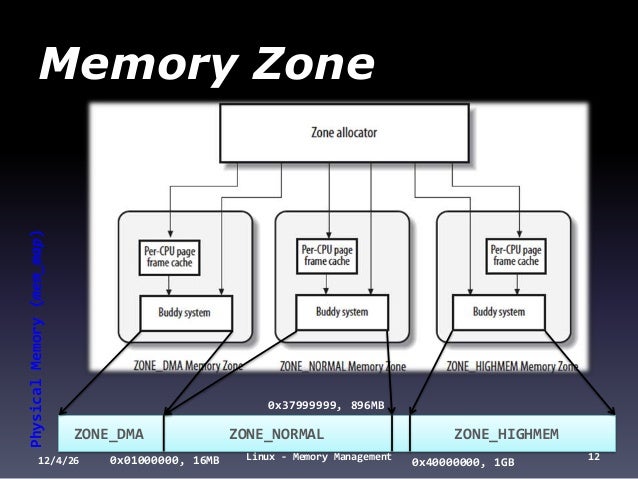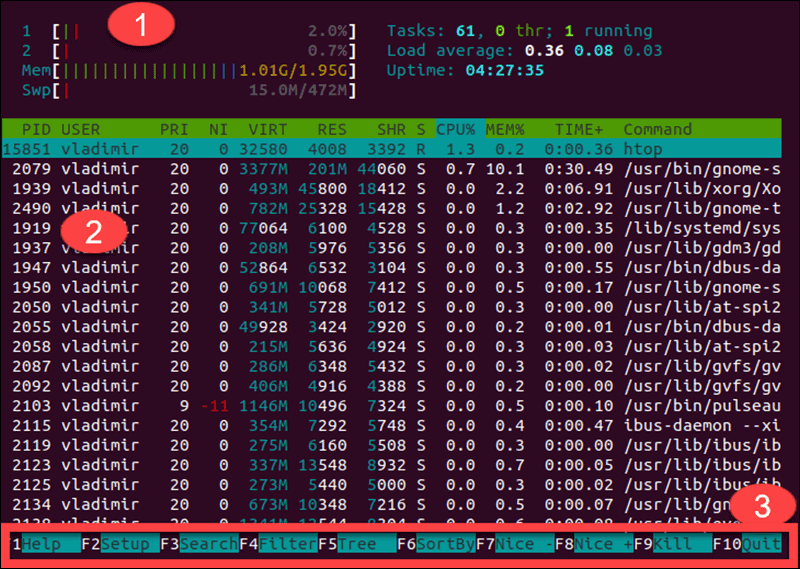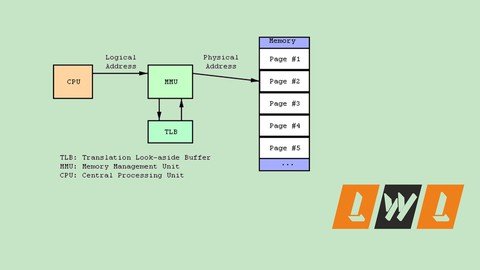
The free command enables users to quickly calculate their memory usage. Maintain a record of your computer’s memory usage so that you can monitor its performance and make necessary changes to improve its performance. Free is an invaluable tool for any Linux system administrator and can be used to quickly identify memory utilization issues on a system. Calculating memory utilization involves subtracting the free memory from the total memory to get the used memory, and then dividing the used memory by the total memory to get the percentage of memory utilization. This tool provides information on total memory, used memory, free memory, and shared memory. How To Calculate Memory Utilization In Linux?Ĭalculating memory utilization in Linux can be done quickly and easily using the free command line tool ‘free’. The -r option can be used to obtain a more accurate picture of system memory usage, as described in the table below. The SAR -r command can be used to see the number of memory pages and swap-file disk blocks that are currently being used. SAR statistics are automatically generated every 10 minutes by default via a cron job configured in /etc/cron.d/sysstat. The SAR command can be executed using the sysstat package. SAR also provides statistics on other system activities, such as CPU utilization and I/O statistics. By reporting the number of memory pages and swap-file disk blocks that are currently unused as well as the average number of memory pages available to user processes over an interval, the SAR can provide insight into system memory usage. The SAR (System Activity Report) command allows you to determine how much memory is being used on your Linux system.

Check Memory Usage With Sar Command On Linux With SAR, you can quickly and easily check memory usage on your Linux system. Additionally, the -s option will provide a summary of total memory utilization and the amount of free memory. For more detailed information, you can use the -r option to show information on the active and inactive memory pages. You can also view data on memory utilization, paging, and memory allocation.

To check memory usage, SAR will report on physical memory (RAM), virtual memory, and swap space.

This command will provide you with a detailed view of the system’s memory usage. First, you’ll need to run the SAR command, which stands for System Activity Report. Checking memory usage in SAR Linux is a fairly simple process.


 0 kommentar(er)
0 kommentar(er)
